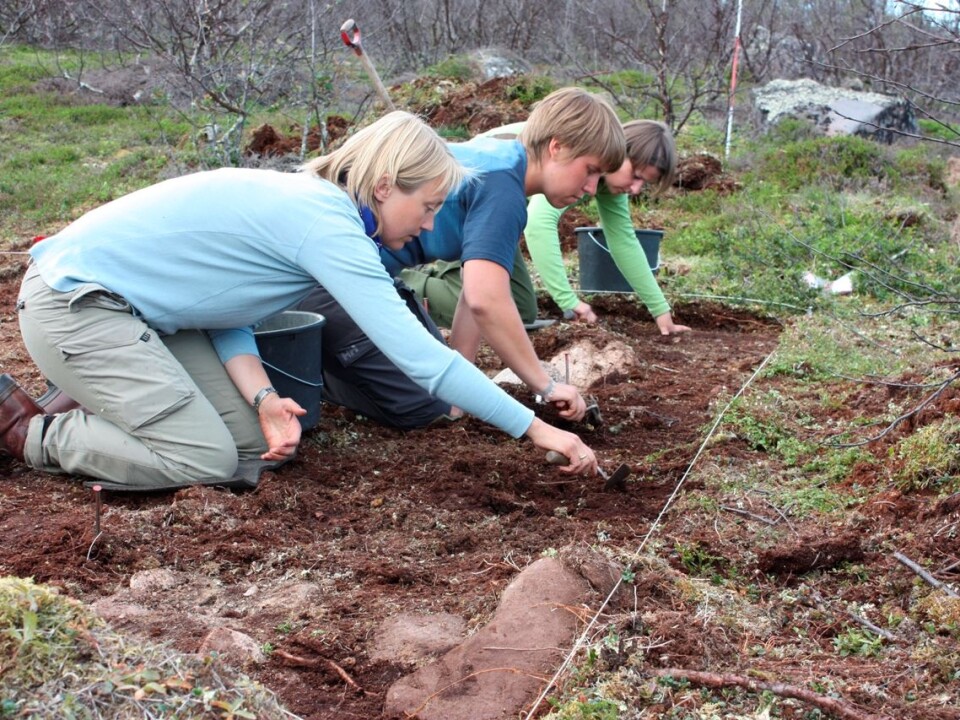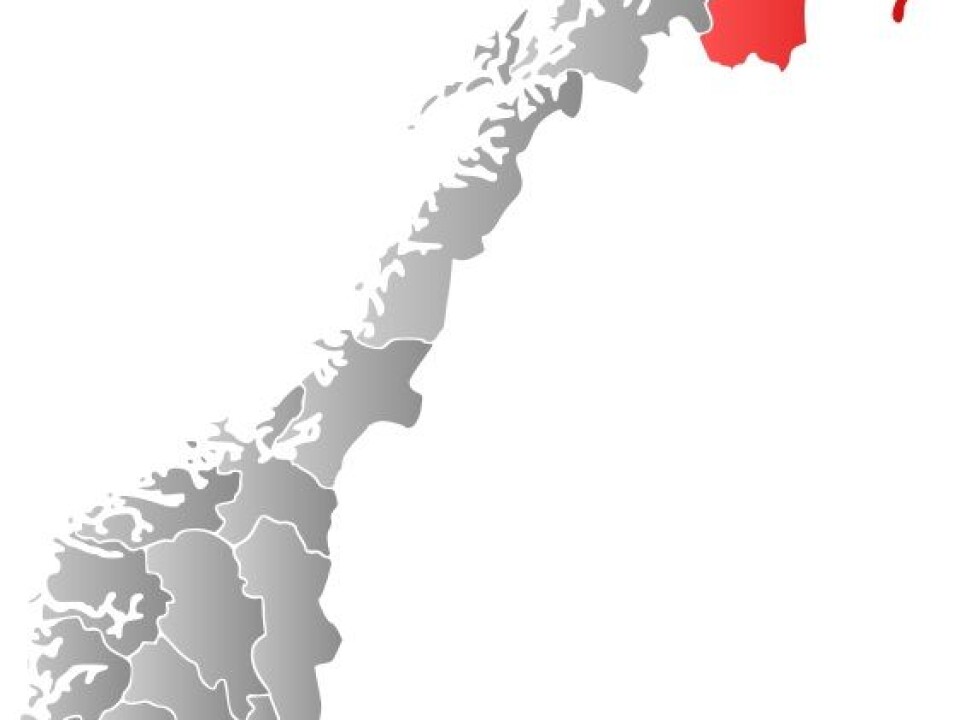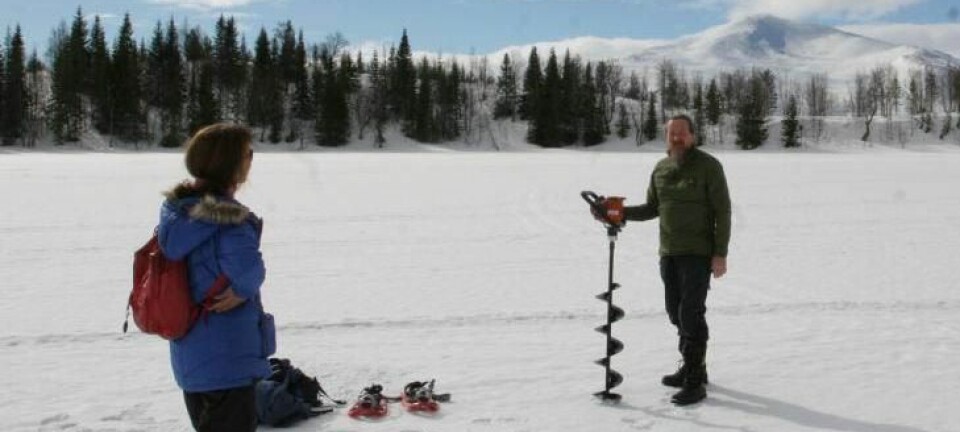An article from University of Tromsø – The Arctic University of Norway

Life after the Ice Age
Life after the last Ice age was hard, say the archaeologists who dig for clues about the first settlers in Northern Norway.
Denne artikkelen er over ti år gammel og kan inneholde utdatert informasjon.
The first people who migrated to Northern Norway after the Ice Age some 12,000 years ago were probably few in number.
“A cautious estimate suggests no more than 500 people. That is the genetic minimum for maintaining a population,” says Professor Hans Peter Blankholm, of the University of Tromsø.
Blankholm is in charge of the archaeological part of SciencePub, and he is looking into pioneer settlements in eastern Finnmark, a county in the north of Norway, after the last Ice Age.
These are settlements dating back 10,000 years or more.

Excavations in two Finnmark sites will form the basis for the analyses of the first settlements.
"We are looking at how people adapted their settlement patterns to variations in the ice sheet. But, not least, we are interested in finding out how they adapted to changes in temperature and sea levels after the last Ice Age,” says Blankholm
Insight into effects of climate change
Last year, archaeologists went on a field trip and discovered 27 locations that could be of interest. Of these, three were selected for further studies.
These three locations yielded some 4,500 artefacts, including tools and debitage.

“We believe these sites will provide us with the opportunity to interpret settlement patterns which change over time,” says research fellow Jan Ingolf Kleppe, of the University of Tromsø.
The sites will provide insight into the long-term effects of climate change, he says.
Washed away by a storm
In one of the sites researchers have found unmistakeable signs of just how tough life really was for the people who lived there after the Ice Age.
There is clear evidence that the settlement was washed away by a major storm, but the settlers returned to the site and rebuilt their lives.
The archeologists found a hearth on top of an older one, with a layer of sand between. The sand was probably deposited by the storm, and not the settlers, as it is dispersed in an uneven layer in the area.
“It could be that this area was so good that the risk of storm surges didn’t mean much,” says Kleppe.
He believes the site Løkvika may have been in use for large parts of the year.
This is a major settlement, and the discovery of large amounts of burnt stones suggests that people stayed here during winter, while the discovery of reindeer bones indicates use in the summer.
Even today, the area is a summer grazing area for reindeer, and traces of reindeer hunting spots and other remains have been identified in the mountains overlooking the settlement.
Interior landscapes have not been studied
It was long assumed that the interior of Finnmark first became populated some 7,000 years ago. Professor Bryan Hood believes this is incorrect.
He thinks that discoveries made in northern Finland indicate a much older settlement in the area. Some of the discoveries have been dated back 9,200 years.
So why haven’t we made similar discoveries in the interior of Finnmark in Norway?
According to Hood, archaeologists have traditionally focused on coastal areas. It was thought that interior landscapes mostly remained static.
"We know that the pinewood forests came and then retracted, but it was assumed that the landscape hadn’t changed much, compared to coastal landscapes that underwent massive changes,” he says.
Archaeologists use geology to help estimate where settlements might be found. They focus especially on the shorelines created when the ice melted after the last Ice Age.
When the pressure from the ice lifted, the land mass rose. Using shoreline dating, scientists can see that the Stone Age shoreline was around 60 meters higher than the current line. This means that they look for locations at the 60-meter contour line.
Looking at the river courses
But what to do in the interior where there are no shorelines?
Hood wants to look more closely at the river courses west of the Karasjohka site. Here the river terraces have a steep slope down towards the river.
The river terraces are traces of an ancient lake which existed in the area during the period when the ice melted. Hood believes people settled here after the last Ice Age.
Even though these terraces are far away from water now, this wasn’t the case after the last Ice Age.
"Just like today, people back then wanted to live near the water, and my hypothesis is that people settled on these river terraces in the interior of Finnmark as far back as 9,000 years ago,” concludes Hood.

































